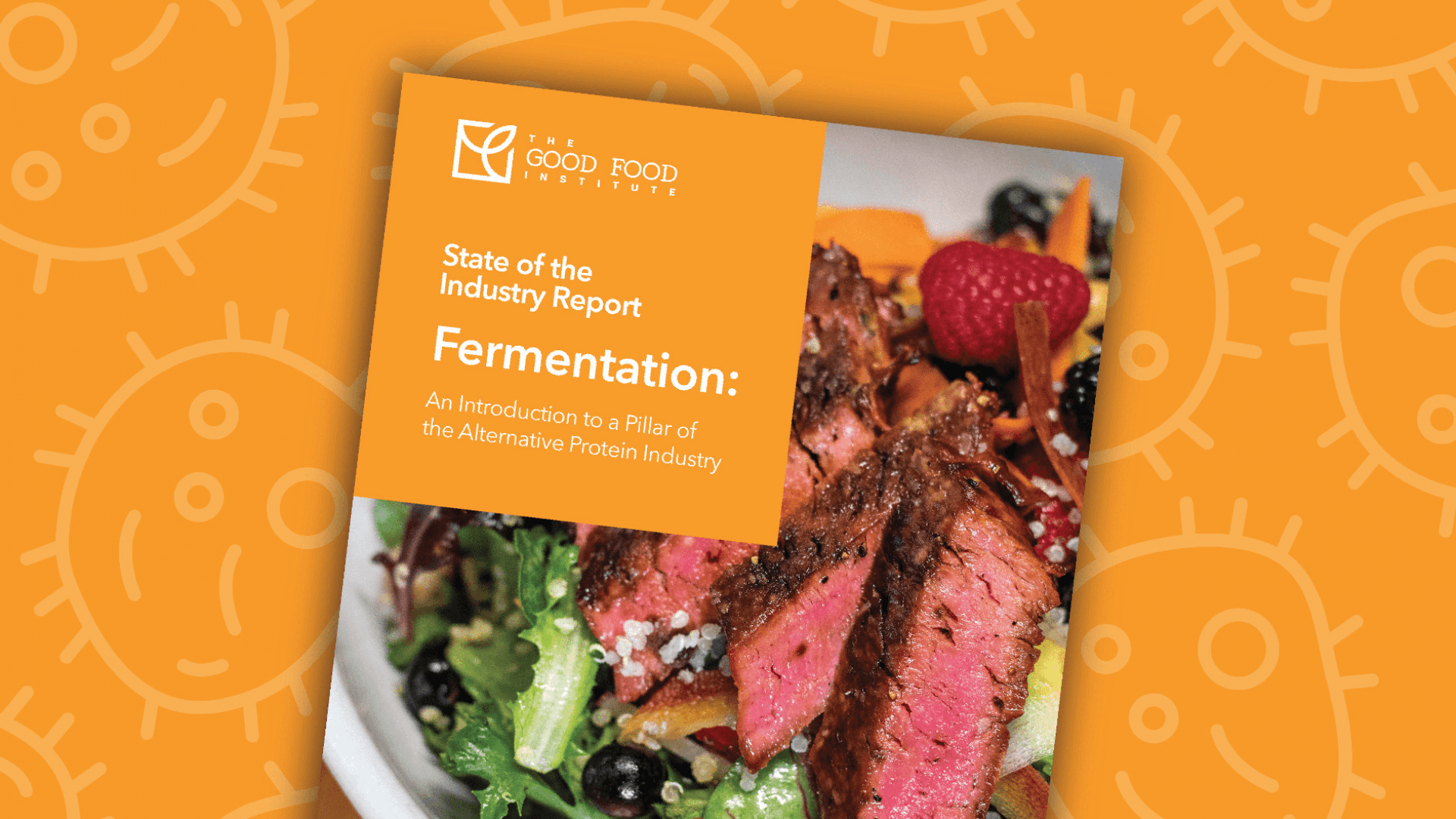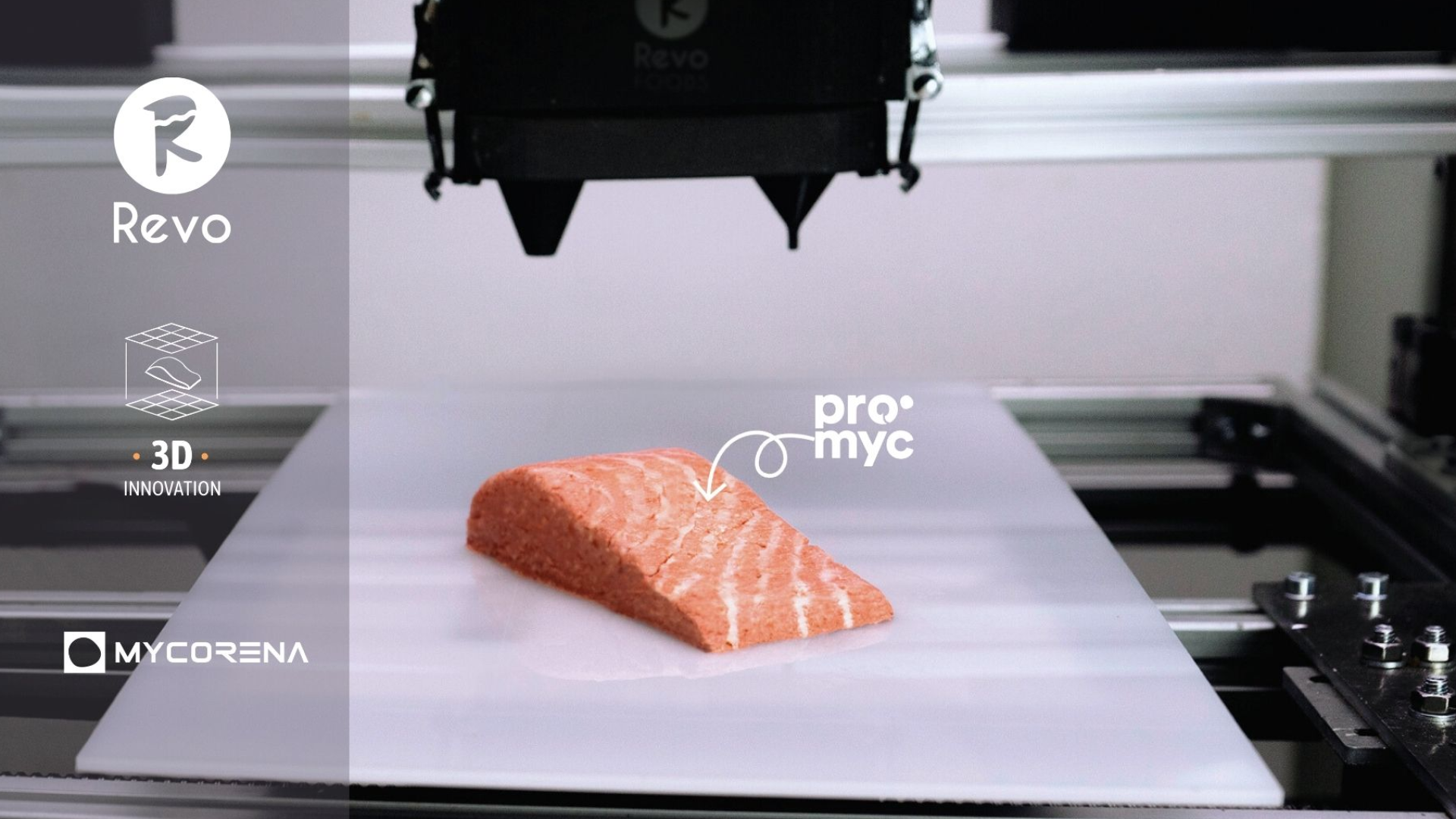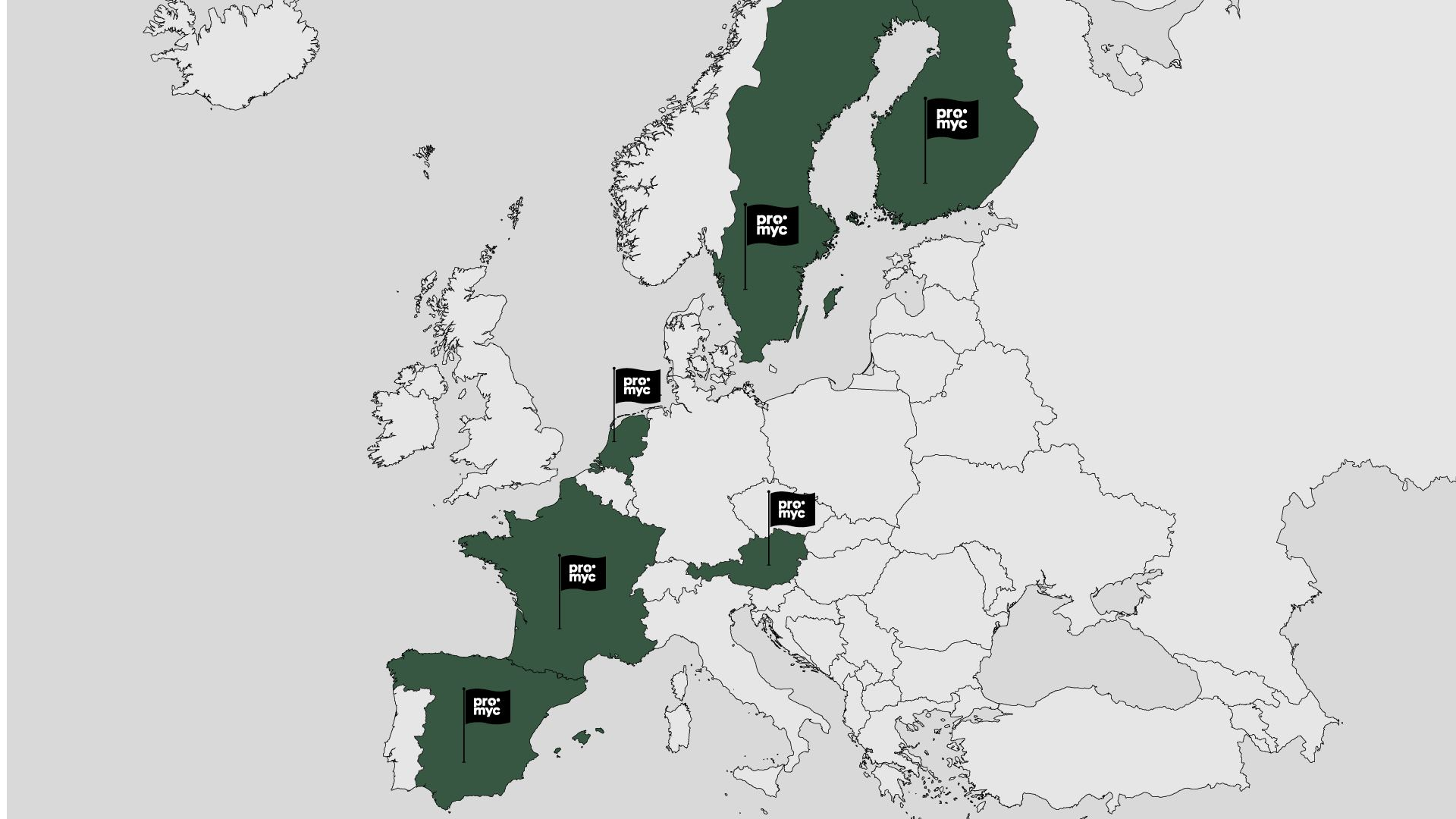When you hear about fermentation, what do you think about? Chances are high that your mind will wander to beer brewing, your friend’s DIY kombucha kit at their home, the manufacturing of cheese and yoghurt, or perhaps to your favorite Asian fusion restaurant where you enjoy kimchi and tempeh on the weekends. After all, these are the applications where fermentation has been used for millennia. Over the past century, however, zymology (that’s the fancy name for the study of fermentation and its uses) have developed has contributed to an ever-expanding range of industries and usages, ranging from industrial chemistry to pharmaceuticals, biomaterials, fuels, and specialty food ingredients. Now as we enter an age of unprecedented challenges relating to security and supply of food, fermentation stands ready to play a crucial role in another huge opportunity of the 21st century – the development of alternative protein.
In this article, we will summarize some of the key findings from an excellent recent State of The Industry report Fermentation: An Introduction to a Pillar of the Alternative Protein Industry from The Good Food Institute (GFI). Not only does it offer a comprehensive overview of the wonders and workings of fermentation, but also makes several mentions of our achievements at Mycorena.
Fundamentals of Alternative Protein Fermentation
In the strictest sense, fermentation is “a metabolic pathway used to generate energy in the absence of oxygen.” Quite a mouthful. To make matters a bit simpler, the report from GFI offers a more handy explanation:
- Traditional fermentation refers to the cultivation of microbial organisms to process a certain foodstuff or ingredient. This is what you do when making beer, cheese, yoghurt, kimchi, and all the other delicious fermented foods you love.
- Biomass fermentation refers to the cultivation of microbial organisms with the purpose of obtaining as much as possible of said organism’s mass, in order to use it as a primary food product or protein source. This is what we do when making Promyc at Mycorena.
- Precision fermentation refers to utilizing the metabolism of microbial organisms to produce specific compounds of interest, such as specialty food ingredients or enzymes. This is what many alternative protein startups such as Perfect Day and Clara Foods use to make e.g. dairy & egg proteins.
As explained by the GFI report, fermentation has enormous potential to positively transform the food system and to help accelerate the production of alternative proteins. This is especially the case with the two latter types of fermentation. In biomass fermentation, the natural growth rate of microorganism is accelerated, leading to tremendous increases in the production of protein that is extremely available and digestible. At mass scale, tens of metric tons of biomass can be produced every hour. We’d like to see the cow that can pack on muscle at a similar rate. Precision fermentation, on the other hand, offers as impressive versatility as biomass fermentation offers efficiency. Virtually any desired food ingredient under the sun could be produced through precision fermentation, opening up a whole new playing field for product developers and food technologists.
Those Paving The Way
The GFI report has identified 44 companies whose primary focus is to use fermentation for alternative protein applications. 18 focus on biomass, 21 are dedicated to precision fermentation, and an additional 5 focus purely on the more traditional forms of fermentation. Among these 44, we find global superstar names such as Quorn (the household name for mycoprotein) Clara Foods (making egg proteins), Motif FoodWorks (making functional ingredients and more), and Perfect Day (utilizing a fermentation platform to make dairy proteins). Unsurprisingly, developers of fungi-based protein have a strong presence on the list, with names such as 3F Bio, Atlast Food Co, BTFRY, Meati, Mushlabs, MycoTechnology, and Nature’s Fynd making the cut. Mycorena is of course also included, as one out of three Nordic companies in the list, the others being Novacca from Denmark and Solar Foods from Finland.
Fermentation is not only pursued by innovative startups, but also from more established industry players who have realized the potential of this wondrous technology. An additional 24 companies with dedicated projects relating to fermentation for alternative protein were mentioned in the GFI report, including multinational giants DuPont, Lesaffre, Novozymes, and Lallemand. There is no doubt that the awesome promise of zymology is beginning to dawn on the global food industries, and one thing is for certain: the growth is not ready to slow down.

In The Grocery Store
A large number of consumer food products that are made from fermentation-based alternative protein have reached the shelves in recent years. Unsurprisingly, these have come in a large variety of forms and types, enabled by the great versatility and efficiency of both biomass and precision fermentation technologies. As we are delighted to see at Mycorena, many of the most anticipated ones have been made with fungi fermentation. Take ground meat as an example. It has been a staple of alternative protein products for a long time, and mycoprotein has proved to be excellent for its production. We were thrilled to see that the GFI Report mentions our recent launch of the Promyc-based Väldigt Swedish Vego Balls as a prominent success story, along with high-profile examples such as Quorn and Impossible Food’s specialty ingredients made with precision fermentation: “In June 2020, Sweden’s Mycorena soft-launched their line of mycoprotein Swedish meatballs in local stores.”
Other examples of recent success stories from fungi-based consumer products include whole-cut meats, where mycoprotein innovators Meati, Atlast Food Co, Prime Roots all are present. Another company focused on fungi fermentation, Netherlands-based The Protein Brewery, is mentioned in their report for recent successes relating to recent successes in expressing the chicken ovalbumin gene in a fungal host strain.
If you were not already convinced of fermentation technologies’ potential for making awesome food products, the GFI report also enlightens us on recent developments where replacements for eggs, milk, ice cream, butter, cheese, gelatin, seafood, fats and oils, and pet food all have been made through fermentation. Did we tell you that we believe the industrial application of fermentation to be the eighth wonder of the world?
Fermentation Funding
In line with the greater FoodTech space, companies working with fermentation for the purpose of alternative protein production have received significant attention from investors all over the world. Activity has been high, and only seems to be picking up. Contrary to what many may have thought, the COVID-19 pandemic has done little to stop the growth of investments in alternative protein, just as we thought. Despite global markets being rocked to their core from the global crisis, fermentation technology companies are on pace to raise even more venture capital funding in 2020 than it has done on average for each of the past 6 years.

As you already know, we have managed to stay successful with our fundraising activities despite large uncertainties on the stage of global startup investments. This is the case not only for private capital, but for publicly funded grants and programs as well. Once again highlighting Mycorena as a success story within public innovation funding, the GFI report details: “In early 2020, Mycorena received a 50 000-euro grant from the European Commission, the executive branch of the European Union.” Signs are strong that the entire innovation ecosystem of the EU and the world has strong faith in the power and potential of fermentation, and it is unlikely that this will end anytime soon.
Going Deeper on Fermentation
Despite having been used for millennia, we are only beginning to discover the true potential of fermentation. Thanks to its marvelous technological characteristics and benefits, it is excellently positioned to become the principal backbone of a future-proofed food system. The most straightforward advice we can offer you is this: take part! Whether you have engineering prowess, a talent for business, or piles of cash ready to be invested, there is a place in the fermentation community for you. There are few other technological areas, if any, where you could make more of a difference than you could by contributing to the accelerated growth and adoption of fermentation.
Just as we have barely begun to see what the future of fermentation holds, we have barely scratched the surface of the excellent GFI report in this article. To read the full report, please visit: https://www.gfi.org/blog-fermentation-state-of-the-industry-report
Authors:
Eva Weishaupt
Product Developer at Mycorena
Anton Johansson
IP and Finance Lead at Mycorena












